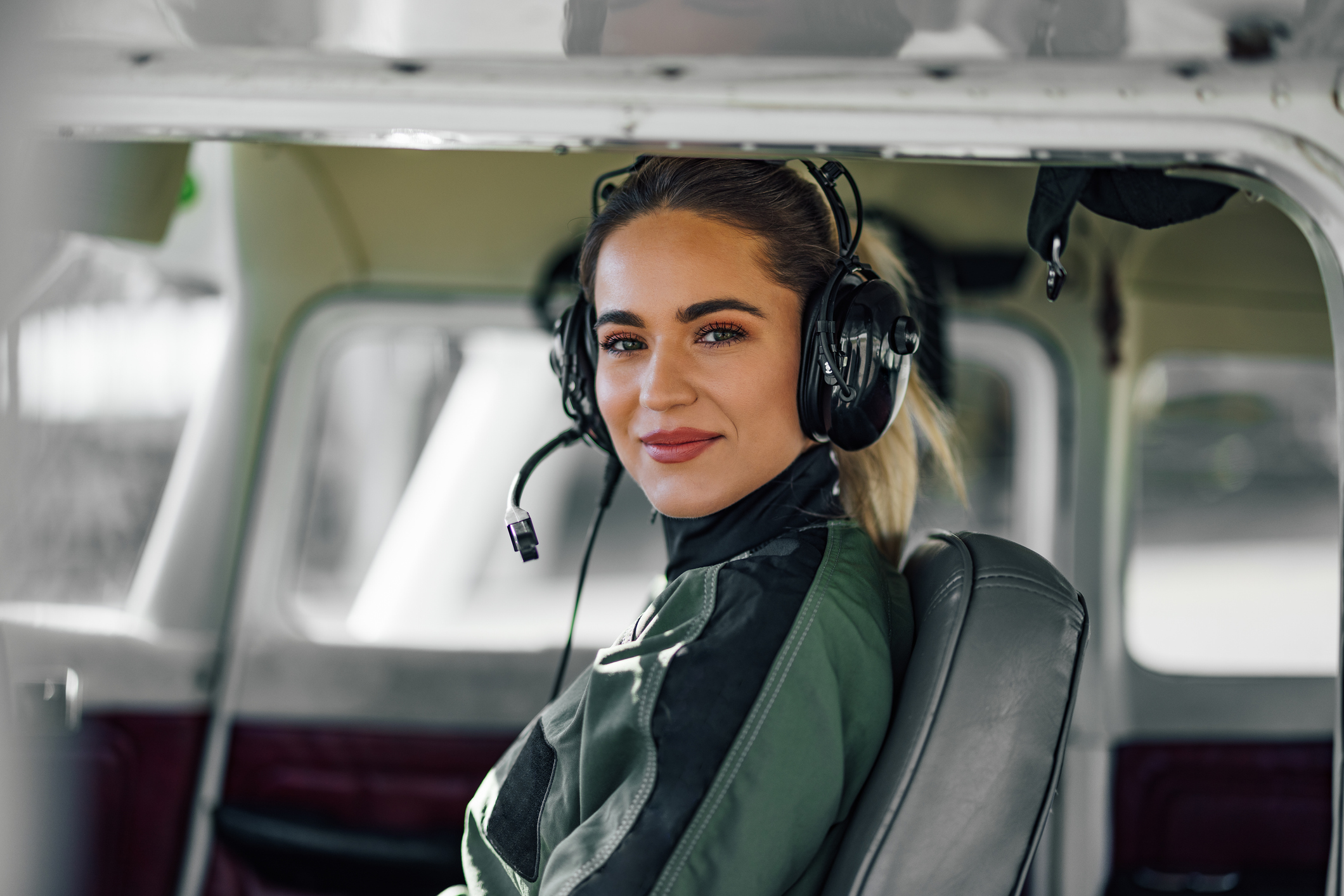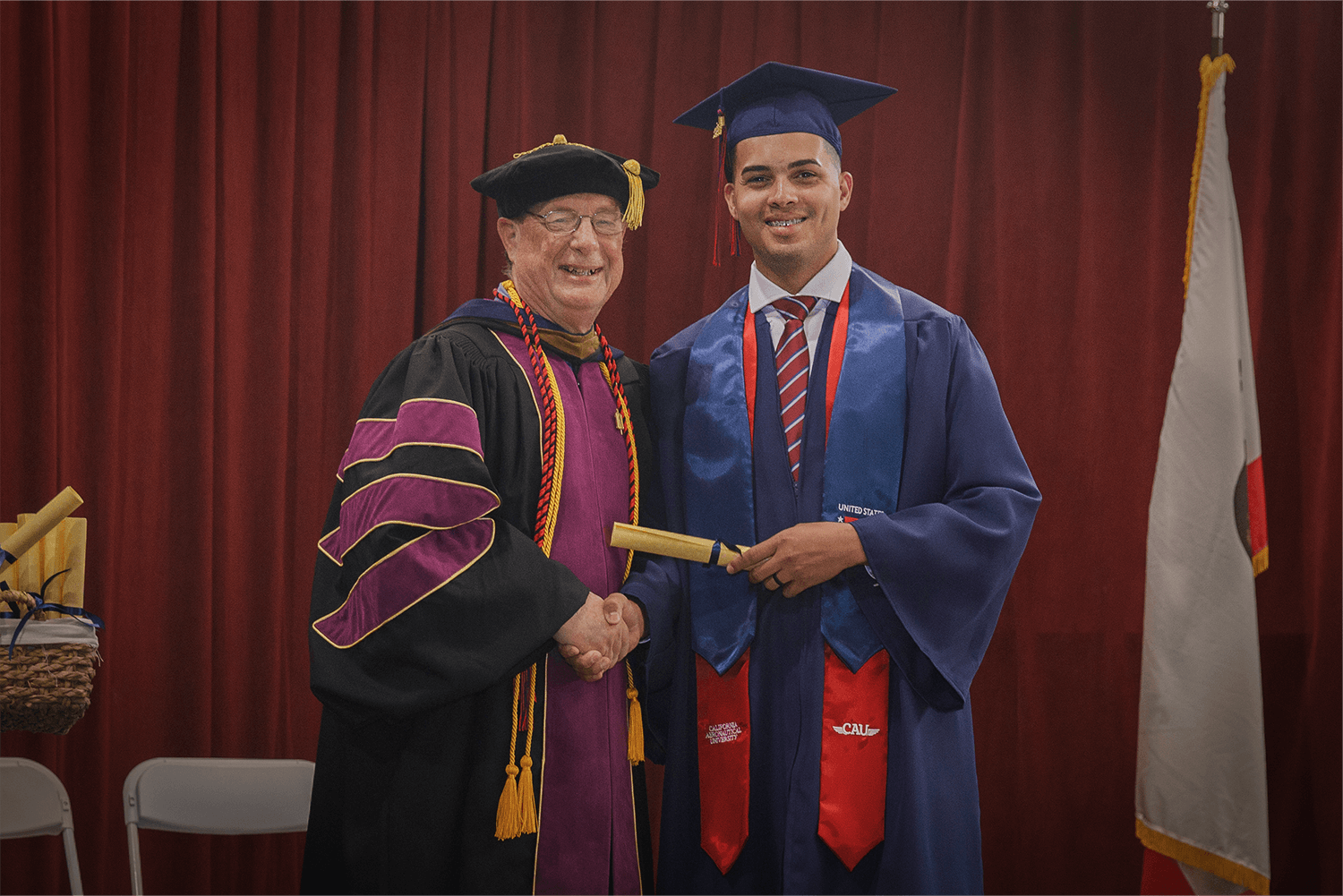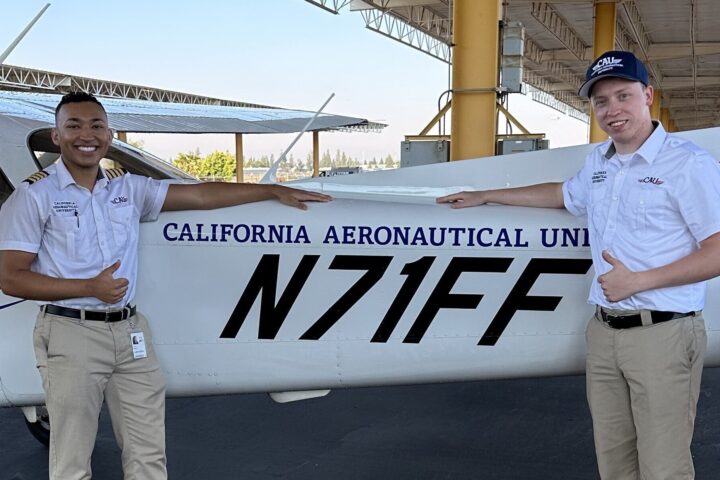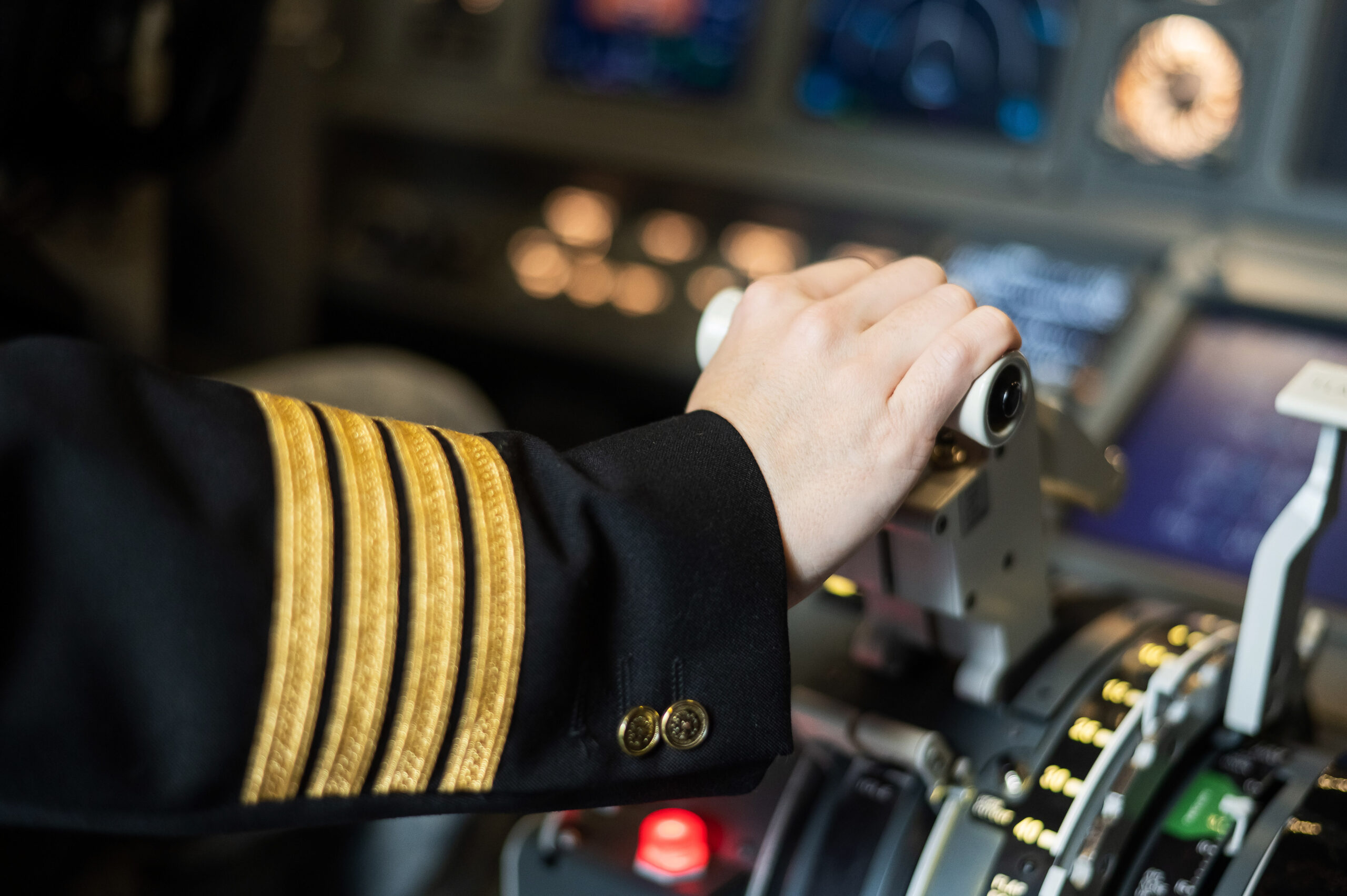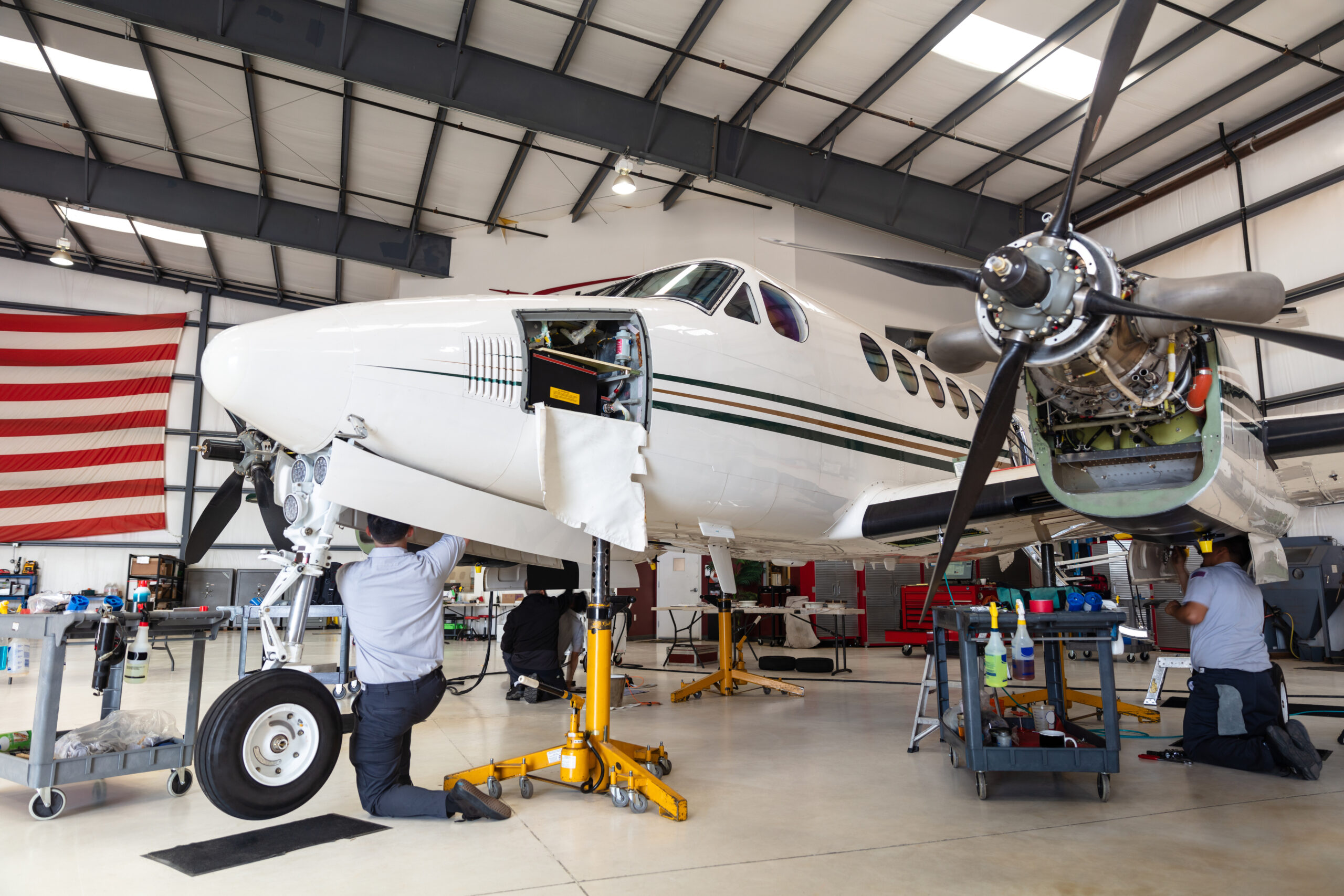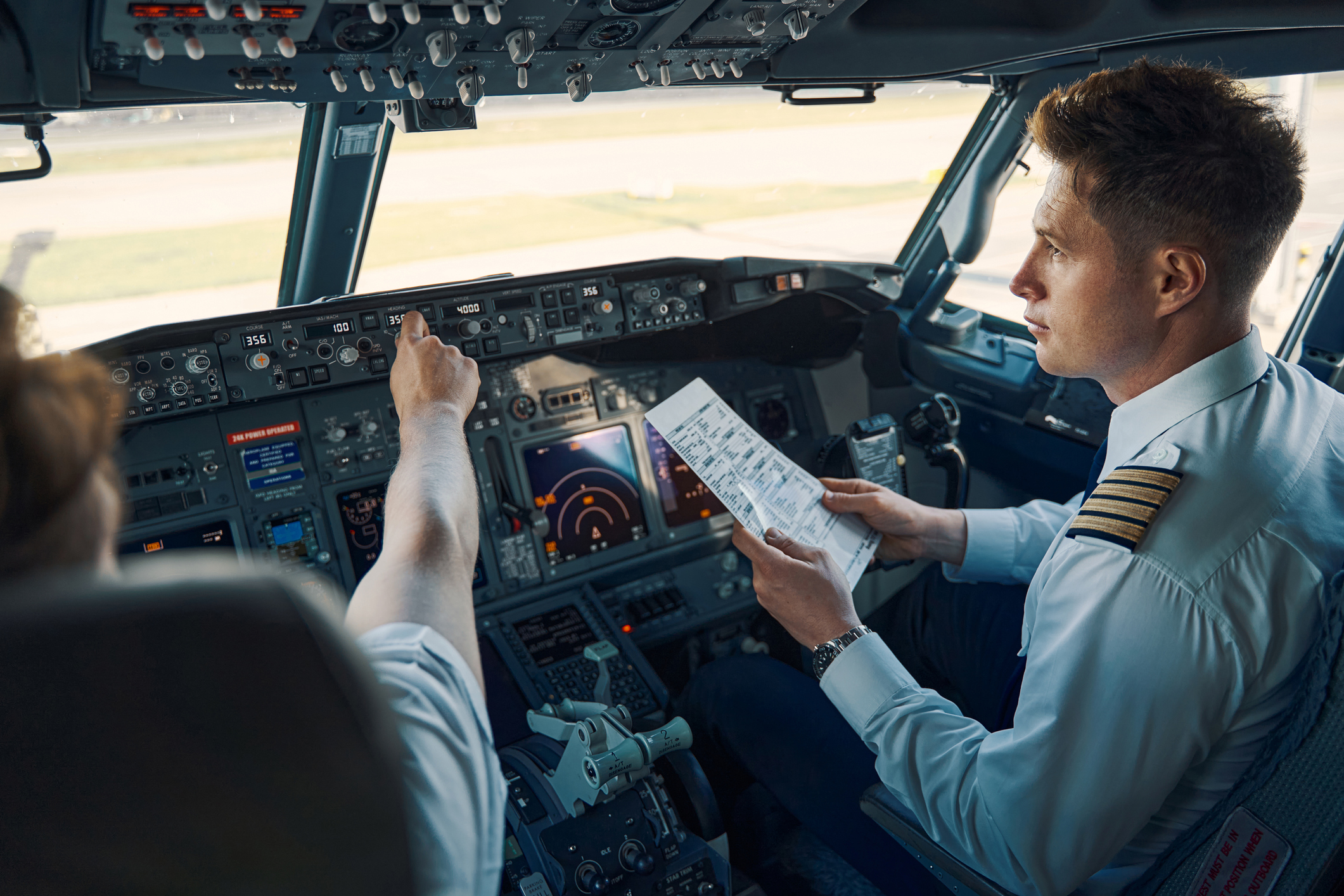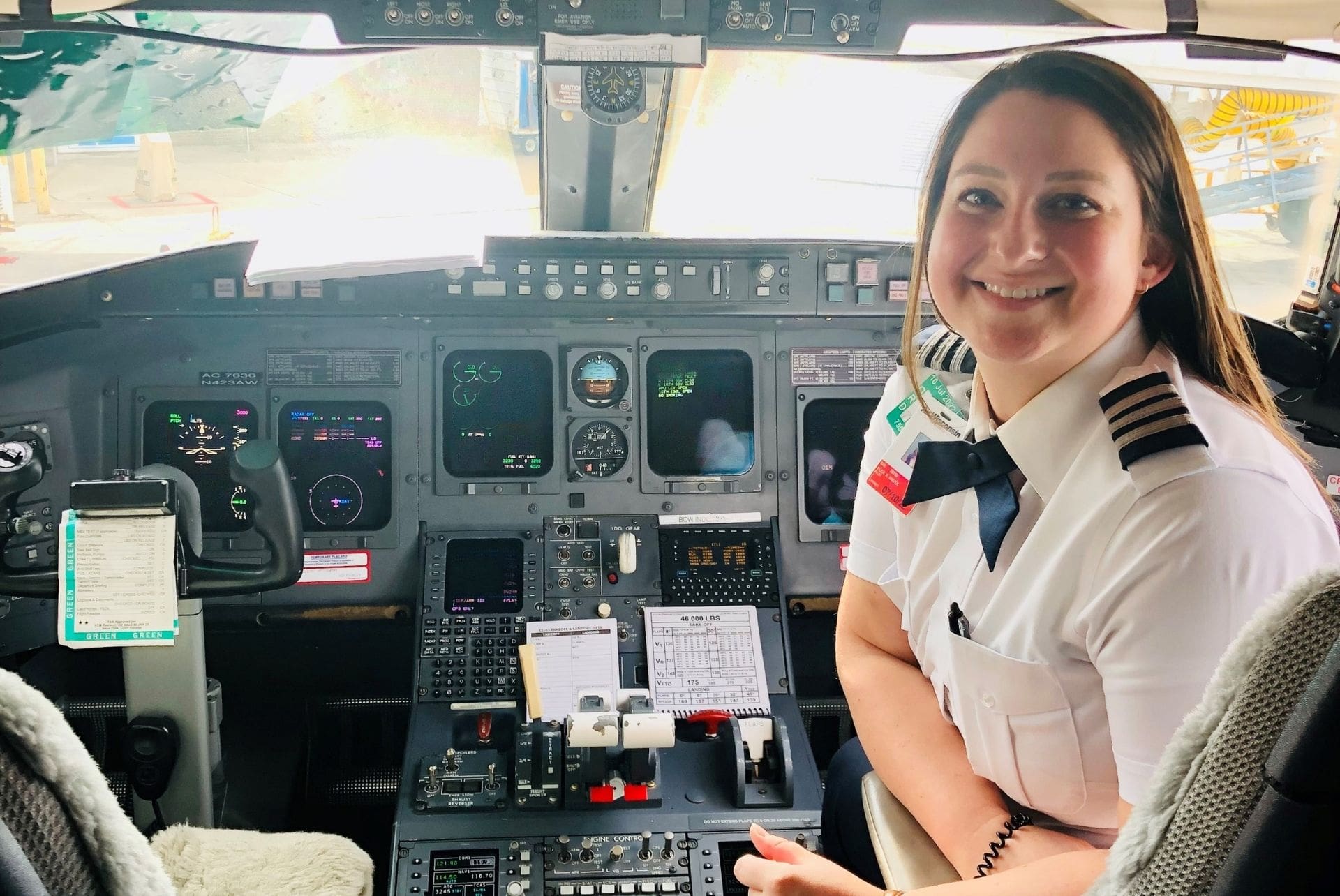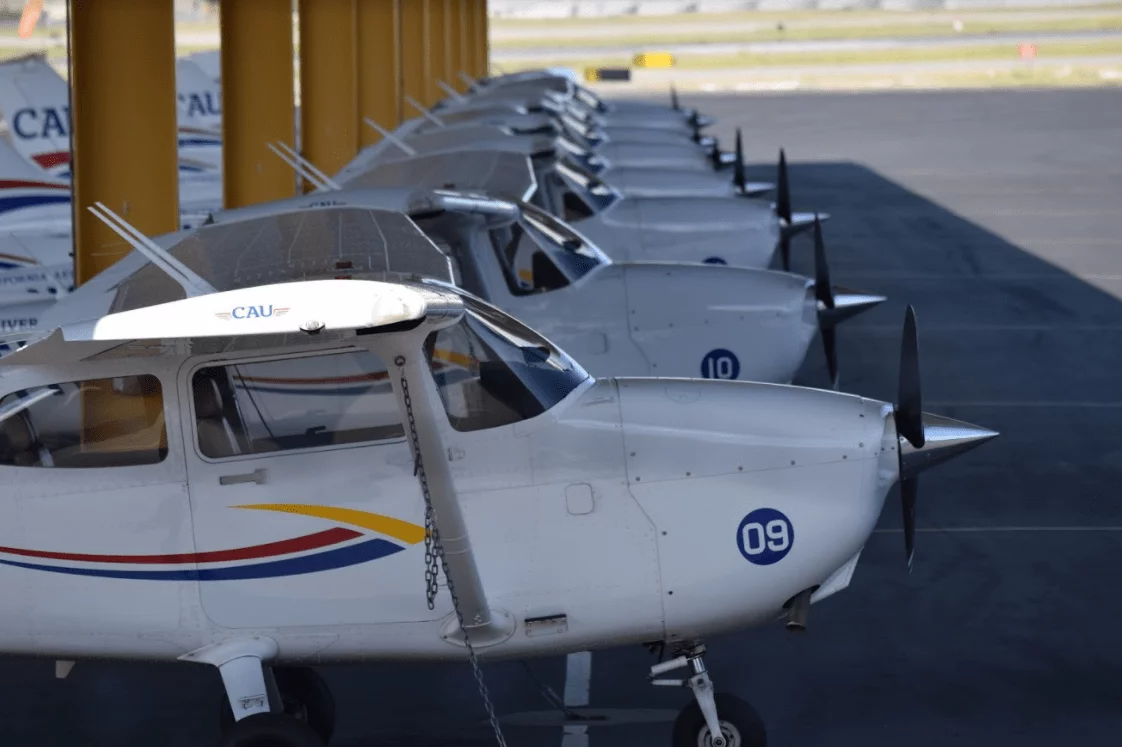If you are ready to start flight training, you may know that various paths and options are open. Before listing the benefits of in-house aviation training, let’s define that term – what does it mean?
What Is In-House Aviation Training?
In-house aviation training means logging your flight hours at the same place you are doing your ground-school work – but it’s more than that. Doing something “in-house” signifies that no part of the process is being parceled to vendors. Aviation training facilities can operate under either Part 61 or Part 141 of the applicable section of the Federal Aviation Regulations (FARs).
Aeronautical universities and pilot training programs that are Part 141 schools are called Federal Aviation Authority (FAA)-certified because they must maintain specific requirements regarding schools, including equipment, curriculum, instructional staff, etc. Everything about these in-house aviation training programs – from facility inspections to the structured training schedule – must meet (but usually exceed) the minimum standards of federal aviation regulations.
Flight training schools that operate under Part 61, the section of the FARs comprised of pilot certifications, eligibility, flight time, and aeronautical knowledge, have more flexibility in their programs – but some can be just as structured. One of the main differences is the timeframe because, with the flexibility of Part 61 schools, your availability and personal progress will determine how quickly you advance. This could be either a positive or a negative (or both!).
Overall, Part 61 schools are tailored towards students interested in general aviation, while Part 141 schools appeal to those on a more professional pilot path. Only you can decide what the right choice is for you.
Benefits of In-House Aviation Training
There are numerous benefits of doing your flight training in-house. When your pilot certificate course studies are all managed under one roof, instead of some parts being contracted out, there can be more consistency. Having everything centrally-organized will help ensure that you have fulfilled all the requirements.
Also, FAA-approved schools and universities are generally considered to be of higher quality due to increased oversight and certification. The FAA is the organization that grants your pilot certificates. More benefits include:
1. Organized, Structured Curriculum
In-house aviation training at aeronautical universities follows a coordinated curriculum organized and structured around FAA regulations. Traditional flight schools and local flying clubs have much looser frameworks and timelines for building skills.
However, remember that all pilots need to learn the same skills and have the exact knowledge base! Do you work better in a structured environment or prefer a more laid-back atmosphere? Do you thrive when your schedule is organized and planned out, or would you have difficulty keeping to a prearranged agenda?
2. Safe and Reliable Fleet
Most in-house aviation programs and almost all aeronautical colleges and universities use their aircraft fleet (some Part 61 schools also do). You will always know what planes you will be flying, and you can rest assured that they will be well-maintained and readily available.
Additionally, most in-house programs own training devices and equipment, such as simulators. You will still need to learn how to fly in poor weather conditions, such as heavy wind or rain, but practicing in an effective simulator first is better! Simulators are available, so your flight training hours will not depend solely on good weather.
Hundreds of “flight training” websites offer various programs and courses, flying clubs promote instructors, and planes are available for rent per hour. While some may be legitimate, please research carefully and remember that if something seems too good to be true, there is probably a catch somewhere.
3. Professional Quality Instructors
When you are learning something new, you are bound to have questions. It might be unusual if you didn’t ask any! It is a normal and natural part of mastering a skill. As a student in a Part 141 in-house educational institution, you will have daily access to the same dedicated and knowledgeable team of teachers and instructors.
Flight instructors at Part 61 schools may be just as qualified, but some parts of the training program are not required to meet the same rigorous standards or follow the more-stringent training regulations – such as ground school. The FAA only requires that you can demonstrate the essential knowledge needed to pass the written exam, not necessarily that you attend classes with instructors.
You can download the materials and study independently – but what if you have questions? Or need help understanding concepts? Even the FAA suggests that students enroll in a formal ground school course.
4. Potential Time Savings
In a career mainly based around hours, each flying hour has a literal dollar value. Flight time can be expensive, and many prospective students price out schools based on cost per flying hour (assuming they will need the minimum hours, with a bit of padding just in case).
When calculating time, flight hours are not the only hours that count; there is also ground training. You need to pass a written exam as well as the checkride. Aeronautical university training may save you time and money in the long run if you want to become a commercial pilot.
One of the most considerable benefits of choosing a Part 141 in-house aeronautical university may be the 250-500 flight-hour reduction that eligible students receive to earn a restricted Airline Transport Pilot (ATP) certificate.
5. Career Support
Aeronautical universities may have connections and experience providing quality candidates to significant aviation employers. Some in-house flight training programs might also have affiliations and partnerships with airlines, influential aviation organizations, and leaders in the community.
Students and graduates become part of that network, and some aeronautical universities even have career services departments that help guide students in their professional aspirations. Be aware that these programs may assist you in getting a job in the aviation field, but they do not guarantee a job.
In other words, they can supply you with the tools you need to successfully get through the interview process and become fully employed, like putting together a good resume, helping with job lead development, and prepping for interviews.
If you are still determining where you want to go to school but have an idea of what types of airlines you want to work for, look for in-house aviation training schools with direct pathways to cadet programs.
6. It’s Social!
It should come as no surprise that flight training can be challenging. Different people find their strengths and face their weaknesses in different ways. If you find strength in sharing your complicated experiences with like-minded people, an in-house aviation training program may be a good fit.
Being surrounded by people with similar goals and aims, with whom you can share problems and stories in a positive environment, is what an aeronautical university is all about. Whether you live in on-campus housing or commute, you will have a life engrossed in aviation – with a group of people who have the same thing.
Living on campus with other students who eat, sleep, and breathe aviation allows you to discuss all types of aviation business and ask questions when you need to – even at 3 am! The people around you could become great study and collaboration partners.
As with any university, the friends you make at a college may very well be your friends for life. All of the fun of college and flight training at the same time? If that sounds perfect, in-house training might be the right match for you.
Do Training Right
Cost is a factor that influences many potential candidates in their decision on where to attend school, and it cannot be ignored. It should be somewhere on your priority list, but hopefully not at the top. Another benefit you will find at most in-house aviation training programs is financial aid.
If you are eligible, several options may be available as you research aeronautical universities, including scholarships and grants, which you might not find at traditional flight schools. Suppose you are past or present military personnel.
In that case, you can also check to see if the Department of Veterans Affairs has authorized schools you are interested in to accept veteran educational benefits to help cover the cost of training through programs such as the Post-9/11 GI Bill®.
In terms of value, both in time and financially, it is easy to see why in-house aeronautical university aviation training holds distinct advantages. The structured regulations and the above benefits of a Part 141 schoolwork well for many student pilots and may be the right choice for you.
If so, California Aeronautical University (CAU) offers in-house flight training with the option of gaining a degree if you choose. Contact us today for more information. GI Bill® is the U.S. Department of Veterans Affairs (VA) registered trademark. More information about education benefits offered by the VA is available at the official U.S. government website at www.benefits.va.gov/gibill
Ready to soar in your aviation career?
Mr. Matthew A. Johnston has over 23 years of experience serving various roles in education and is currently serving as the President of California Aeronautical University. He maintains memberships and is a supporting participant with several aviation promoting and advocacy associations including University Aviation Association (UAA), Regional Airline Association (RAA), AOPA, NBAA, and EAA with the Young Eagles program. He is proud of his collaboration with airlines, aviation businesses and individual aviation professionals who are working with him to develop California Aeronautical University as a leader in educating aviation professionals.
